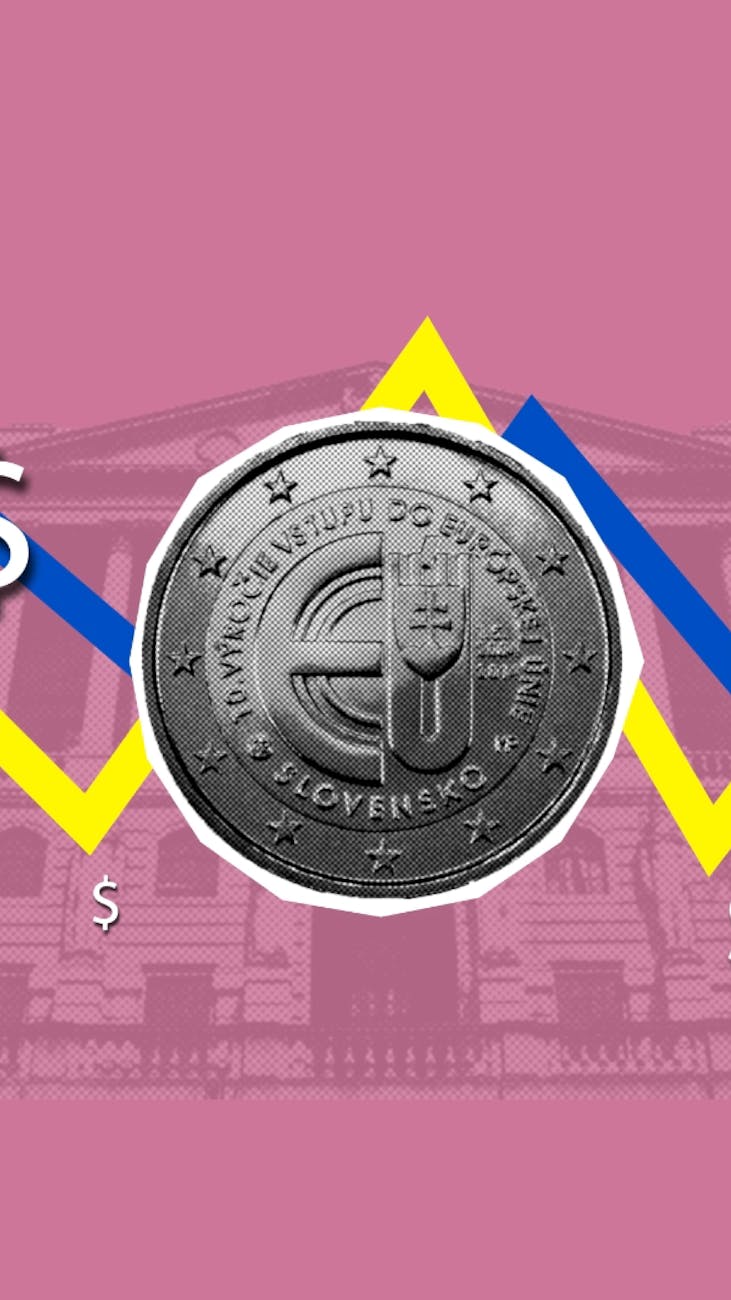In a highly anticipated announcement that reverberated across global financial circles, the United States’ central banking authority recently unveiled its latest decision on interest rates, opting for a modest reduction. This pivotal move, while offering some immediate relief for certain sectors, was accompanied by a surprisingly cautious tone from the institution’s leadership, prompting widespread speculation that the period of successive rate cuts might be nearing its conclusion.
The Rationale Behind the Recent Monetary Policy Adjustment
Following intensive deliberations over a two-day period, the nation’s premier financial body decided to implement an adjustment to its benchmark interest rate. This action is typically undertaken to stimulate economic growth, encourage borrowing and spending, and ensure market stability. Analysts are closely examining the nuances of this decision, weighing its potential to influence everything from mortgage rates to business investments and consumer credit, against the backdrop of current economic indicators. This strategic cut aims to inject momentum into the economy, but its precise impact will unfold over the coming months as businesses and individuals react to the new borrowing landscape.
A Surprising Stance: Doubts Cast on Future Easing Trajectory
While the rate cut itself was a significant development, the truly unexpected element came from the statements made by the central bank’s chief. His remarks suggested a growing reluctance within the institution to continue with further reductions in the immediate future. This cautious outlook has introduced a layer of uncertainty into market forecasts, signaling a potential shift in monetary policy strategy. Investors and economists are now grappling with the implications of this tempered approach, wondering if the economic landscape is perceived as robust enough to withstand less aggressive intervention moving forward, effectively putting the brakes on further ‘easy money’ policies.
Ultimately, the recent interest rate adjustment by the Federal Reserve presents a nuanced picture: a present-day stimulus coupled with a forward-looking message of restraint. While the immediate effect may bring a degree of financial breathing room, the clear implication from the leadership is that future monetary easing should not be taken for granted. This pivotal moment underscores the dynamic nature of economic policy and the need for continuous vigilance by all market participants seeking to understand the evolving financial environment.

Leave a Reply